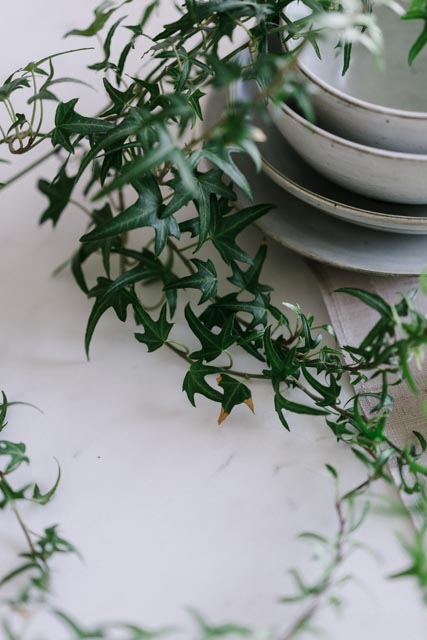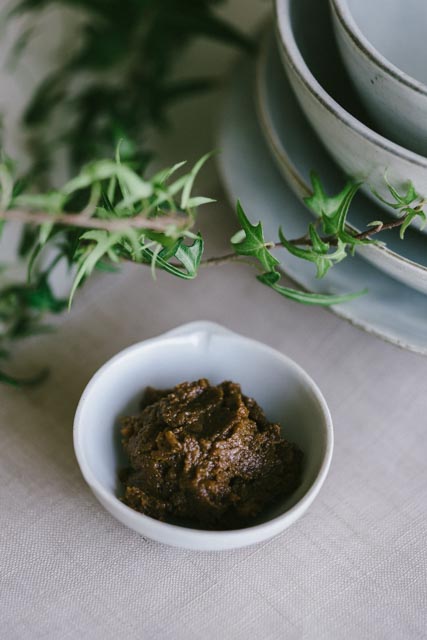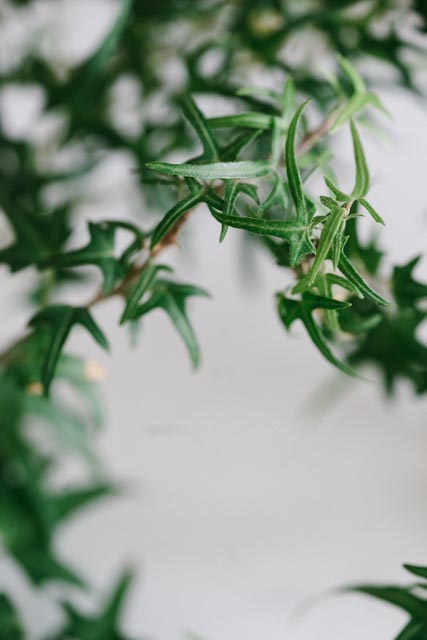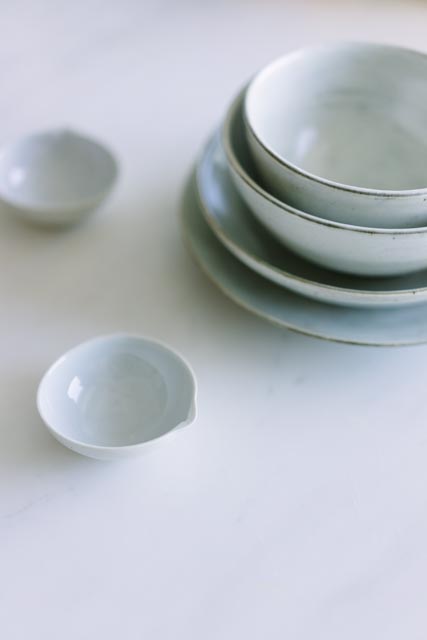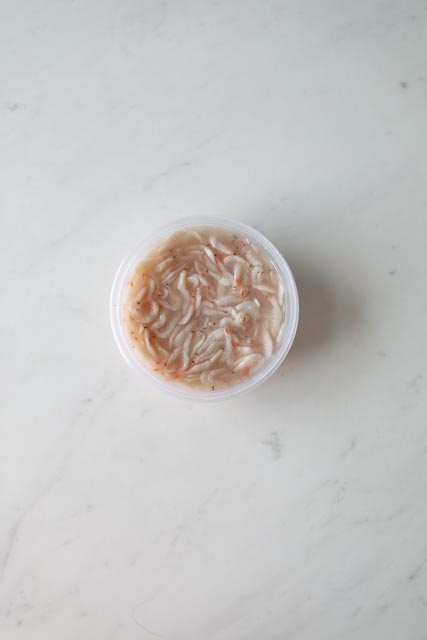Eight Essential Korean Sauces
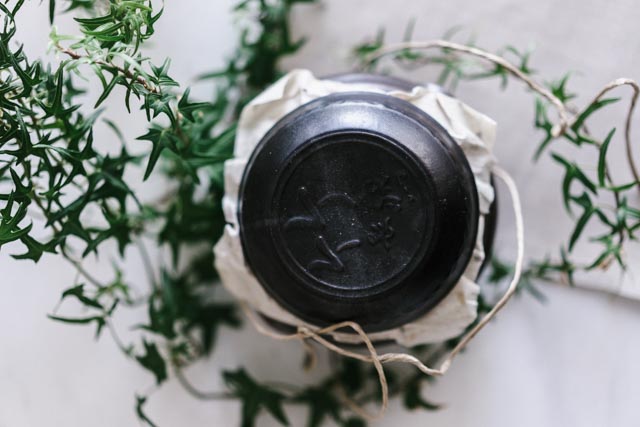
Korean flavours and ingredients are going global. If you live in a major city anywhere in the world, you now likely have a decidedly non-Korean restaurant using Korean chilli paste (gochujang) or kimchi in a dish or two. More and more people are being introduced to the Korean pantry, and I couldn’t be happier. It’s always fascinating to see the different approaches chefs use with Korean ingredients, and often I shake my head and wish I had thought of that myself!
For those of you who are new to Korean flavours, or for those who want to create your own Korean pantry so you can start experimenting, I’m laying out the eight sauces that I think are essential if you want to make Korean food. Some sauces like soy sauce might not need any introduction, but I’m still listing it below because I use it each and every single day.
Why eight sauces? Because eight is my lucky number. And because I don’t want to overwhelm you with the multitudes of sauces that you could go searching for. I may do an “advanced” version of this list in the future which would include certain ingredients that didn’t make the cut this round – like green plum syrup which I use instead of sugar or honey in many dishes. And I am working on future guides to the eight dried ingredients (like dried anchovy, yum!) and the eight starches that you need to build your very own pantry. But first things first.
Top row: toasted sesame oil, anchovy sauce, soup soy sauce, soy sauce. Bottom row: salted shrimp, chilli paste, soybean paste, ssamjang.
1. 된장 (doenjang)
Doenjang is a fermented soybean paste, typically made of soybeans and salt. It’s often compared to Japanese miso. Both are traditionally produced in similar ways, but doenjang is generally punchier, earthier and rougher than most Japanese miso. Doenjang is most often used in soups and stews. In many recipes, if you can’t find Korean soybean paste, a dark Japanese miso is a reasonable substitute.
In Korea, the traditional methods of making doenjang are slowly dying out, but there are still a handful of producers who are dedicated to preserve traditions. For more on one such special producer, check out my blog post on my visit to JookJangYeon in southern Korea.
Earthenware jar of doenjang made by JookJangYeon
2. 고추장 (gochujang)
Gochujang is a thick and sticky, fermented chilli paste that’s become quite popular in the past couple of years for adventurous chefs across the globe. It’s made primarily of chillies, soybeans and glutinous rice. It’s not as spicy as the deep ruby colour would have you believe, with often more than a hint of sweetness. The sweetness and stickiness comes from the glutinous rice. We use gochujang in marinades for meat or seafood, stews or to dress vegetables. I can’t think of a particularly good general substitute for this since many Asian chilli pastes are either saltier, spicier or more oily than gochujang, so an acceptable substitute really depends on the recipe.
3. 쌈장 (ssamjang)
Ssamjang is a sauce made primarily from doenjang and often gochujang, and seasoned with garlic, ginger, sesame oil and other spices. Ssamjang is used as part of the dish ssam which involves meat or seafood that you wrap in leaves with a daub of ssamjang. You also see ssamjang used as a dip for fresh vegetables like green chillies or cucumbers. But my favourite use for ssamjang is in a taco - thank you Roy Choi for making the world a better place with Korean tacos.
Above: gochujang, or Korean chilli paste. Below: ssamjang.
4. 새우젓 (saewoo jeot)
Saewoo jeot is fermented brined miniature shrimp. These are made from the smallest shrimp you’ve ever seen. We use this to add umami and saltiness to different dishes, but it’s most often used in my family while making kimchi. The shrimp assist in the fermentation process for kimchi. Vegetarians should know that most kimchi is not vegetarian because they usually include the shrimp as well as fish sauce.
The best season for this shrimp to be produced in Korea is June when the shrimp are most plump, have a deeper flavour, and are the most beautiful blush colour. The saewoo jeot from this season command the highest prices.
Some southeast Asian cuisines use a similar shrimp sauce (not to be confused with shrimp paste). I’ve used this successfully when I’ve been in a jam and couldn’t find the Korean version.
5. 멸치액젓 (myulchi ek jeot)
Myulchi ek jeot is anchovy sauce, salty liquid gold made from fermented anchovies. This is quite similar to Thai or Vietnamese fish sauce. There are other sauces made from a fish called the sand lance that I use interchangeably. Fish sauce is used to season many different types of dishes from kimchi to soups. Thai and Vietnamese fish sauces can be used but make sure to assess the relative saltiness and adjust accordingly.
If you can, try to avoid commercial fish sauces as they often contain so many chemicals. My aunt’s family makes their own fish sauce without using any preservatives or chemicals, and the clean, pure funkiness is unparalleled. I always pray that my aunt has smuggled me a bottle of this fish sauce when she comes to visit, and that if she does, it doesn’t explode in her suitcase.
6. 국간장 (guk ganjang)
Guk ganjang is also called soup soy sauce. It is the unadulterated liquid that is produced while making fermented soy bean paste. It’s saltier and lighter in colour than regular soy sauce. As the name suggests, it’s used for flavouring…soup.
7. 간장 (ganjang)
Korean soy sauce is more like a light soy sauce, often lighter than normal Chinese soy sauce. Korean dark soy sauce should not be confused with Chinese dark soy sauce, which is thickened with wheat starch and sweetened. Chinese dark soy sauce adds a gorgeous dark colour to certain dishes like sautéed noodles. In Korea, dark soy sauce is simply just a darker and saltier soy sauce.
8. 참기름 (jang gireum)
I know oils are not technically a sauce, but I can hardly think of any Korean dish that doesn’t have toasted sesame oil. And I can’t think of anything more simple and satsifying than a steaming bowl of perfectly cooked short-grain rice with a drizzle of nutty and rich sesame oil on top.




